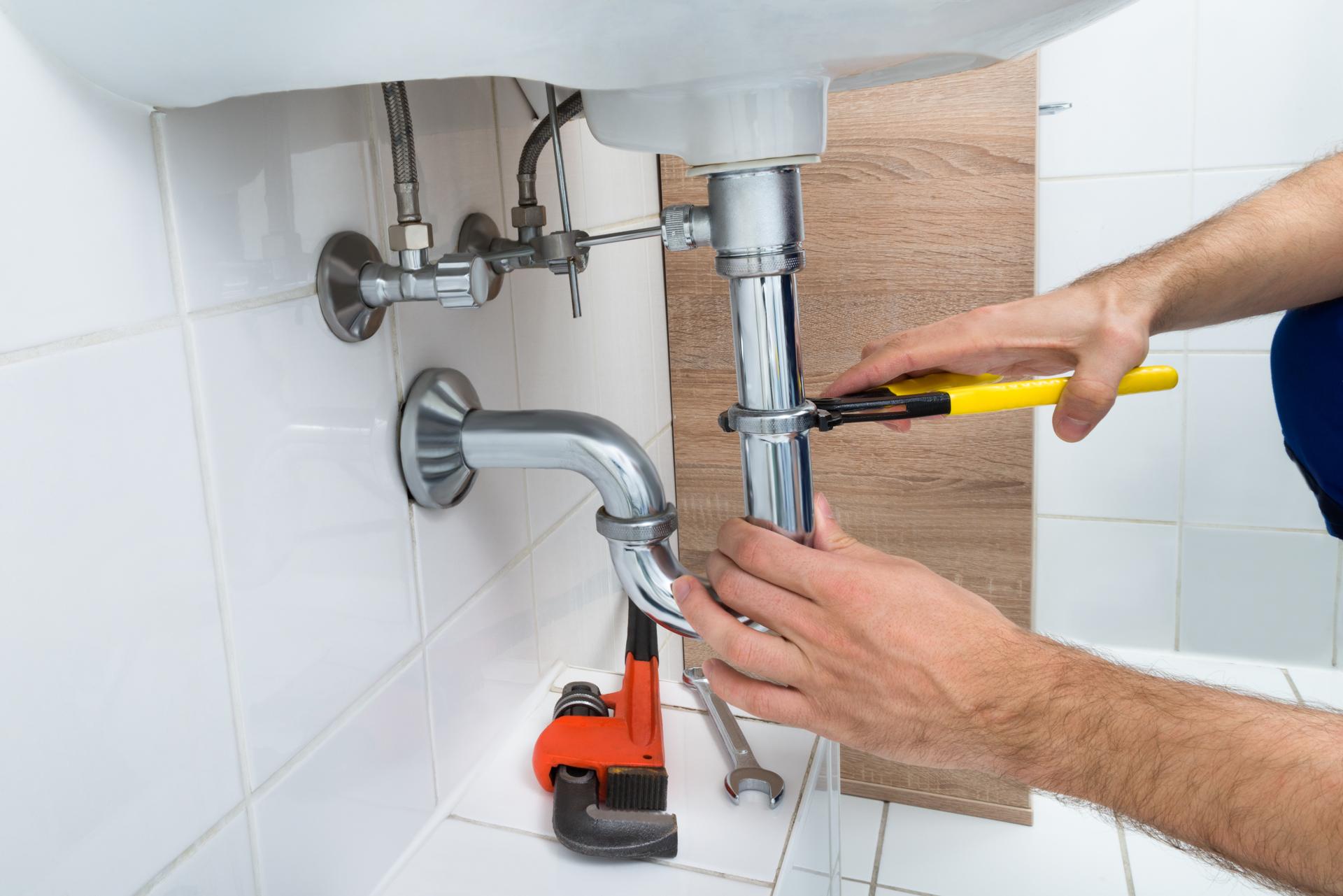The Best Time to Replace Your Plumbing and What to Expect

Plumbing is an essential part of every home and provides us with safe water for cooking, drinking and cleaning, as for the disposal of waste. Like any other home appliance, plumbing will eventually get old and need to be replaced.
Knowing when it’s time to change your plumbing system is crucial to prevent expensive repairs and to avoid health risks. This article will discuss the signs that suggest that your plumbing requires to be replaced, what you should consider prior to replacing your plumbing the procedure for replacing your plumbing and the advantages in replacing the plumbing and a section on FAQs to answer any questions you may have.
The signs that it’s time to replace your plumbing
There are a variety of indicators that suggest the plumbing in your home needs to be replaced, including: Leaks If you see the presence of water stains or puddles on your home, it’s likely to be a sign of a plumbing leak. Leaks can cause severe damage to your home’s structure and may lead to mold growth which is why it’s crucial to address them promptly. Rust: Rusty pipes are a clear indication that your plumbing requires to be repaired or replaced. Rust can cause a contamination to your water supply which makes it unfit for drinking or cooking. In the event of low water pressure, if your showerheads or faucets produce low flow of water is a sign of low water pressure that can be caused by blocked pipes or corroded pipes. Water discoloration: Water that is discolored, such as yellow or brown, is the result of sediment or rust in your pipes. This could affect the taste and the quality of your water and may suggest the need for plumbing replacement.
Factors to Consider Before Replacing the plumbing
Before you replace your plumbing there are several aspects to take into consideration, such as the age of the plumbing: Plumbing systems have a lifespan of about 50 years. So should your home be over that time, it’s most likely that it’s time to replace. Cost of replacement: Replacing your plumbing can be expensive, so it’s essential to budget for the expense. In the event of a plumbing problem that is severe If the plumbing problems are serious and affect multiple parts of your house replacing it could be the most effective option.
What can you expect during the Plumbing Replacement Process
The plumbing replacement process involves several steps, including shutting off the water supply Your plumber must turn off the water supply to your home to prevent any leaks or water damage. Remove old pipes Old pipes need to be removed, which may require cutting into floors or walls. Installing new pipes New pipes are installed, which may require rerouting to ensure the proper water flow. The length of time for the replacement of plumbing will depend on the dimensions of your house as well as the complexity of the project. Homeowners can expect some disruption during the process, including water shut-offs, and possibly damage to floors and walls.
Benefits of Replacing Plumbing
Replacing your plumbing can provide a variety of benefits, including: Increased water efficiency: New plumbing fittings and pipes have higher efficiency, which means reducing your water usage and lowering your utility bills. Better water quality: Replacing older, corroded pipes new ones will improve the quality and quality of water, making it safer to drink and cooking. A lower risk of future plumbing issues New plumbing will be less likely to create leaks or clogs, reducing the need for costly repairs in the future.
Conclusion
Removing your plumbing is an expensive expense, but it’s necessary for your home’s security and comfort. When you are aware of the signs that indicate your plumbing needs to be replaced, considering the elements that influence replacement and knowing what you can expect from the replacement process, you can make an informed decision regarding your home’s plumbing. Make sure to remember that replacing your plumbing can provide a variety of advantages, including improved efficiency of water, better water quality, and a reduced chance of developing future plumbing issues.
FAQ Section
How much will it cost to replace plumbing?
The cost of replacing your plumbing will depend on a variety of factors, including how big your house, the complexity of the job, and the materials used. In the average, homeowners will need to pay between $5,000 to $10,000 for a complete plumbing replacement.
How long will it take to repair plumbing?
The length of time needed for plumbing repair will be contingent on the size of your house and the complexity of the job. In general, a complete plumbing repair can take anywhere from two and four weeks.
Should I replace my plumbing system if there is a leak?
If you have a single leak in your plumbing, it may not require a full replacement. However, if you’re experiencing multiple leaks or detect other indications of plumbing problems, replacing might be the best solution.
Can I replace my plumbing myself?
Replacing your plumbing is a complicated job that should be left to the expertise of a qualified plumber. If you attempt to replace your plumbing by yourself can lead to costly errors and could pose dangers to your safety.
What kind of pipe do I need to use to replace my plumbing?
There are several types of pipes available for plumbing replacement, including copper, PVC and PEX. Your plumber can recommend the best type of pipes based on your specific needs and budget. The conclusion is that the replacement of your plumbing system is an important decision to make with careful consideration. When you know the signs that indicate your plumbing needs replacement, considering the elements that influence replacing and understanding what to expect during the plumbing replacement process, you will be able to make an informed decision regarding your home’s plumbing. A skilled plumber will guide you through the process and guarantee the success of your replacement of your plumbing.
